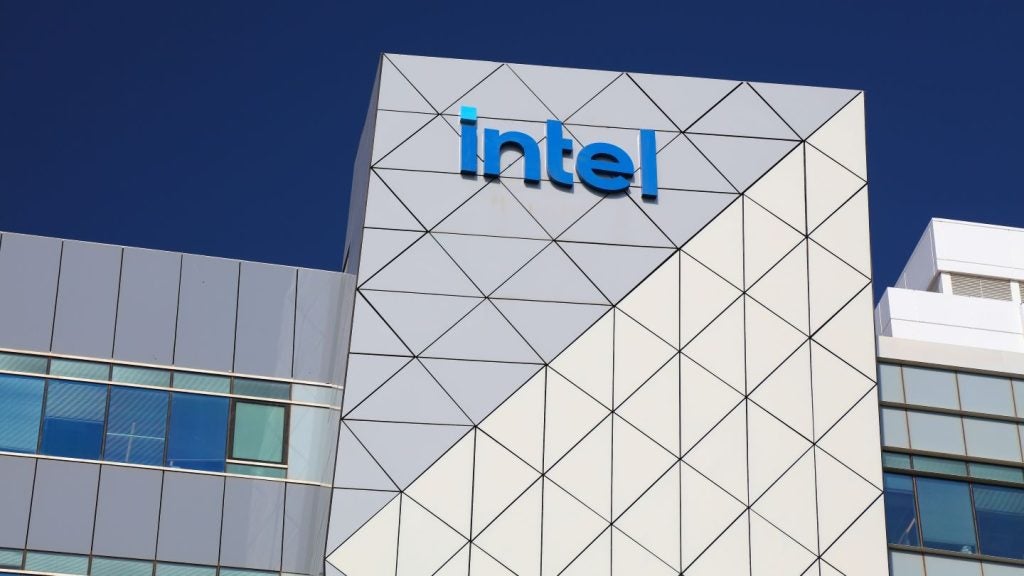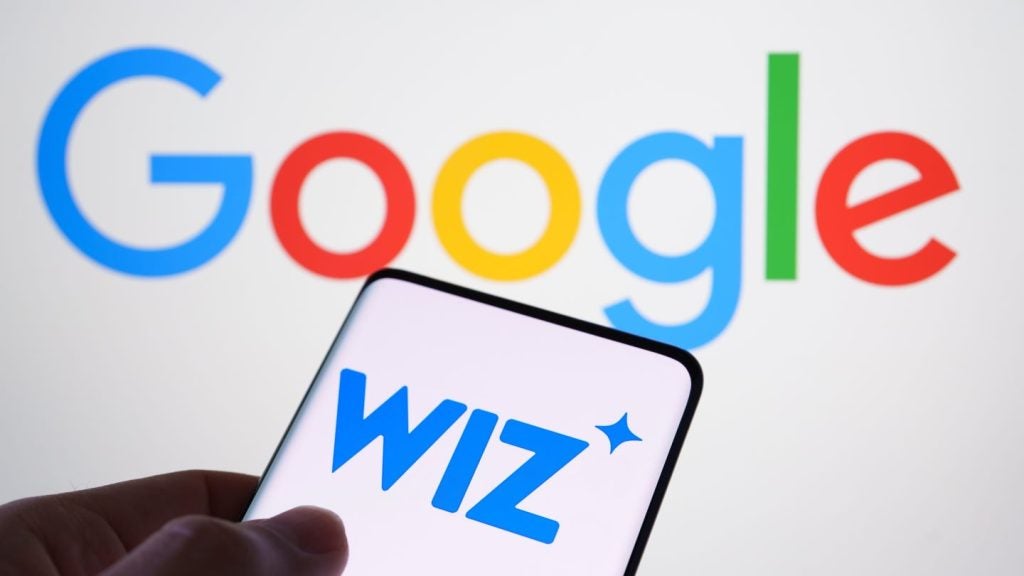
VR technology has evolved significantly over the past five years, with improvements on both the hardware and software side. However, issues such as latency, nausea, high prices, and underdeveloped ecosystems have been obstacles to widespread adoption. VR companies are increasingly using AI and cloud technologies to develop stronger ecosystems, while the arrival of 5G promises to address the latency and nausea issues.
Leading technology trends in virtual reality
Listed below are the leading virtual reality technology trends, as identified by GlobalData.
Custom silicon
The smartphone component ecosystem has played a critical role in the evolution of VR, but the next wave of innovation is being driven by purpose-built silicon. NVIDIA and AMD lead the VR/AR chip market, but Qualcomm is a formidable competitor. The company’s Snapdragon XR1 chip, launched in October 2018, is the industry’s first VR/AR-specific processor.
The use of XR1 in Google Glass Enterprise Edition 2.0 has raised expectations that Google’s Daydream VR, powered by the Snapdragon 835 smartphone processor, will also get the new chip. Intel and ARM are designing custom chips for VR devices, while programmable chips from Xilinx and Intel and memory-biased chips from Micron and Samsung are also gaining traction.
3D audio
VR display technologies have improved over the years but audio has generally been overlooked. The growing demand for untethered headsets, along with the inherent limitations of human eyes, have necessitated the synchronisation of visuals with 3D audio for a truly immersive experience. Digital signal processors (DSPs), which improve audio quality and also make devices more powerful at the edge, are becoming standard requirements in the VR market.
Established players in the 3D audio business, such as Dolby Labs, Panasonic, and 3D Sound Labs, are exploring new growth opportunities. Meanwhile, GoerTek and AAC Technologies already engage in the development of audio DSP algorithms for VR headsets. Start-ups such as Dysonics and G’Audio also offer audio solutions for VR.
AI
The growing pervasiveness of AI techniques across VR applications is enhancing the intelligence of virtual characters and delivering a rich immersive environment. AI’s impact on VR can be gauged from recent developments. For example, Google’s machine learning tools add 6DoF controller-tracking capabilities to any standalone headset, while Facebook’s DeepFocus framework uses AI to create focus effects in VR, and LG uses AI to minimise motion sickness among VR users. In January 2019, Microsoft opened an AI and VR incubator in China, and Nvidia launched a graphic design tool to render 3D virtual worlds. Chinese tech leaders Baidu and Tencent are working on integrating AI and VR into mobile solutions and video games.
Conversational platforms
Conversational platforms have been largely ignored in the VR space. Facebook introduced Oculus Voice in 2017, but the service was basic, with just four commands. The limited functionality meant that it was lagging behind popular virtual assistants such as Amazon Alexa or Google Assistant. In April 2019, Facebook announced plans for a new voice assistant on Oculus devices but did not reveal a release date. Google has yet to integrate Google Assistant into Daydream VR and Lenovo’s Mirage Solo. The lack of credible alternatives represents an opportunity for Amazon, which has incorporated Lex into its Sumerian VR/AR managed service.
Cloud
Cloud technologies promise scalability to VR vendors. As VR-generated data increases in volume, cloud services will store apps, data, and memory in virtual servers and stream them on-demand. This will drive innovation in VR and service updates in an uninterrupted cycle. Low latency, frictionless cloud-native apps will improve customer satisfaction with fresh VR updates. Amazon, Microsoft, Google, and IBM are expected to benefit from the integration of cloud and VR in the coming years, as VR companies will increasingly subscribe to their cloud services. In China, Alibaba, Huawei, Tencent, and Baidu will grow because of this association.
5G
5G promises low latency, high density, and improved reliability, all of which will benefit the VR industry. Non-VR gaming today requires a minimum latency of 50 milliseconds, while VR requires less than 20 milliseconds. Thus, 5G’s expected latency of just one millisecond should deliver exceptional experiences on VR devices. 5G’s potential to support one million devices within a single square kilometre, without the risk of streaming attenuation, would help the VR market to flourish. 5G will also enable the integration of cloud solutions with VR technologies.
Telecom companies (including AT&T, Ericsson, Verizon, China Mobile, SK Telecom, Orange, and Vodafone) could benefit from the association of 5G and VR, with their pace of penetration, tariffs, and partnerships with VR vendors determining their success. Telecom players are already investing in VR/AR, either through partnerships or in-house initiatives. For example, AT&T partnered with HTC, Nvidia, Arvizio, and PlayGiga to develop its 5G network suitable for VR games.
Untethered VR
While early VR headsets primarily required PC or smartphone tethering, new devices such as the Oculus Go, HTC Vive Focus, and Lenovo Mirage Solo have popularised untethered VR headsets. These devices are equipped with built-in processors, GPUs, sensors, batteries, memory chips, and displays, allowing them to operate independently. The devices offer a more powerful VR experience than smartphone-based headsets, but still lag in central processing unit (CPU) and GPU power and functionality. Facebook, Google, and HTC are increasingly bundling more resources into their devices to improve user experience.
App development
VR apps are proving increasingly popular. In 2019, VRChat boasted more than 10,000 daily peak concurrent users, while at the time of writing Astro Bot Rescue Mission had over 58,000 watch hours on Steam. Beat Saber became the first VR game to record sales of over a million copies, while Google Earth and BigScreen VR became popular non-game VR apps. Facebook accounts for the most premium apps on VR at the time of writing, while HTC is the only VR company with an app store subscription service. Google has not moved as quickly. Facebook offers more than 1,000 apps on Oculus Go, and HTC Viveport Infinity has more than 600 VR apps and games. In contrast, Google has approximately 250 Daydream apps.
This is an edited extract from the Virtual Reality – Thematic Research report produced by GlobalData Thematic Research.








